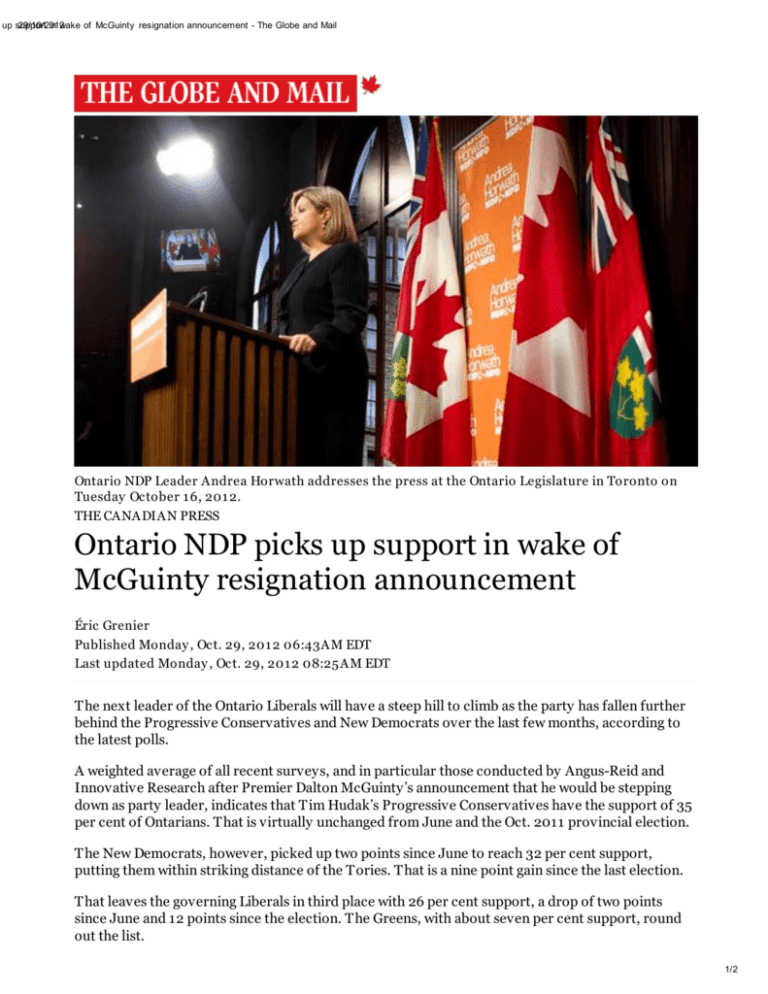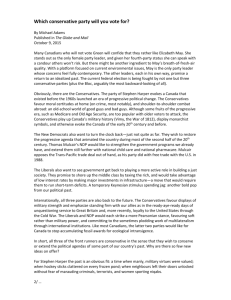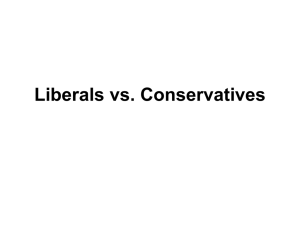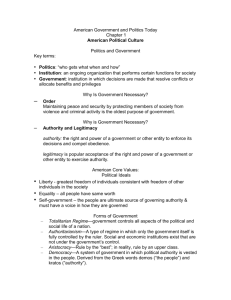
up support
29/10/2012
in wake of McGuinty resignation announcement - The Globe and Mail
Ontario NDP Leader Andrea Horwath addresses the press at the Ontario Legislature in Toronto on
Tuesday October 1 6, 201 2.
THE CANADIAN PRESS
Ontario NDP picks up support in wake of
McGuinty resignation announcement
Éric Grenier
Published Monday , Oct. 29, 201 2 06:43AM EDT
Last updated Monday , Oct. 29, 201 2 08:25AM EDT
The next leader of the Ontario Liberals will have a steep hill to climb as the party has fallen further
behind the Progressive Conservatives and New Democrats over the last few months, according to
the latest polls.
A weighted average of all recent surveys, and in particular those conducted by Angus-Reid and
Innovative Research after Premier Dalton McGuinty’s announcement that he would be stepping
down as party leader, indicates that Tim Hudak’s Progressive Conservatives have the support of 35
per cent of Ontarians. That is virtually unchanged from June and the Oct. 2011 provincial election.
The New Democrats, however, picked up two points since June to reach 32 per cent support,
putting them within striking distance of the Tories. That is a nine point gain since the last election.
That leaves the governing Liberals in third place with 26 per cent support, a drop of two points
since June and 12 points since the election. The Greens, with about seven per cent support, round
out the list.
1/2
up support
29/10/2012
in wake of McGuinty resignation announcement - The Globe and Mail
The Liberals have been mired in third place for some time. They have been positioned behind the
Tories and the NDP in 10 of the last 13 polls in Ontario and by four polling firms that use different
methodologies (live callers, IVR, and online). In fact, the Liberals have been in a state of virtually
unchecked decline since the Oct. 4, 2011 vote.
As a result, the Liberals would likely lose more than half of their seats in an election that was held
today. The Progressive Conservatives, with 51 seats, would flirt with a majority but would likely
fall just short, while the New Democrats would almost double their representation and form the
Official Opposition, with 34 seats. The Liberals would be reduced to 22.
The Liberals currently hold 53 seats in the 107-seat legislature. The Tories occupy 36 seats and the
New Democrats 18.
The PCs would win about three-quarters of their seats in eastern, central, and western Ontario, as
well as about 10 in and around Toronto, particularly in the region of the 905 area code. The New
Democrats would primarily split their seat haul three-ways between western Ontario, Toronto, and
the northern part of the province, while the Liberals would win almost all of their seats in and
around the provincial capital.
This is representative of where the polls indicate each party has their bases of strength: the PCs in
rural southern Ontario and the GTA and the New Democrats in Toronto, Hamilton, and the north.
But whereas the Tories and NDP have pockets of support in various parts of the province, the
Liberals are really only competitive in and around Toronto.
But the Progressive Conservatives come out on top more or less by default. Their level of support
has not changed since the election and has been rock-solid in the mid-30s for the entirety of 2012,
with the exception of a few blips in the polls earlier this year. Mr. Hudak still has very weak
personal numbers, with an approval rating hovering at around one in four Ontarians and a
disapproval rating of almost one in two.
In contrast, the New Democrats have been on the upswing for quite some time. Their upwards
trend has been relatively steady since the spring of 2011, when their federal counterparts made
their big electoral breakthrough. The NDP has managed to hold around 30 per cent support in
almost every poll since March, and Andrea Horwath’s numbers have been head and shoulders
above her opponents. Her approval rating has registered in the high-40s for months, and her
disapproval rating actually appears to be decreasing.
While the NDP’s gains may result in the end of the Liberals’ time in government, they also pose a
problem for the Progressive Conservatives. The Tories are better placed to take advantage of a
Liberal collapse due to their potential gains in the GTA, but if the Liberals continue to bleed support
to the New Democrats the Tories could find themselves struggling to fend off a party with a much
more popular leader than the one that defeated them last year.
All publicly available polls are weighted by sample size, date, and the polling firm’s accuracy
record. The seat projection model makes individual projections for all 107 ridings in the province,
based on the provincial shifts in support since the 2011 election. The projection is subject to the
margins of error of the polls included as well as the unpredictable nature of politics at the riding
level.
Éric Grenier writes about politics and polls atThreeHundredEight.com.
© 2012 The Globe and Mail Inc. All Rights Reserved.
theglobeandmail.com/news/politics/…/article4718705/?serv ice=print
2/2








